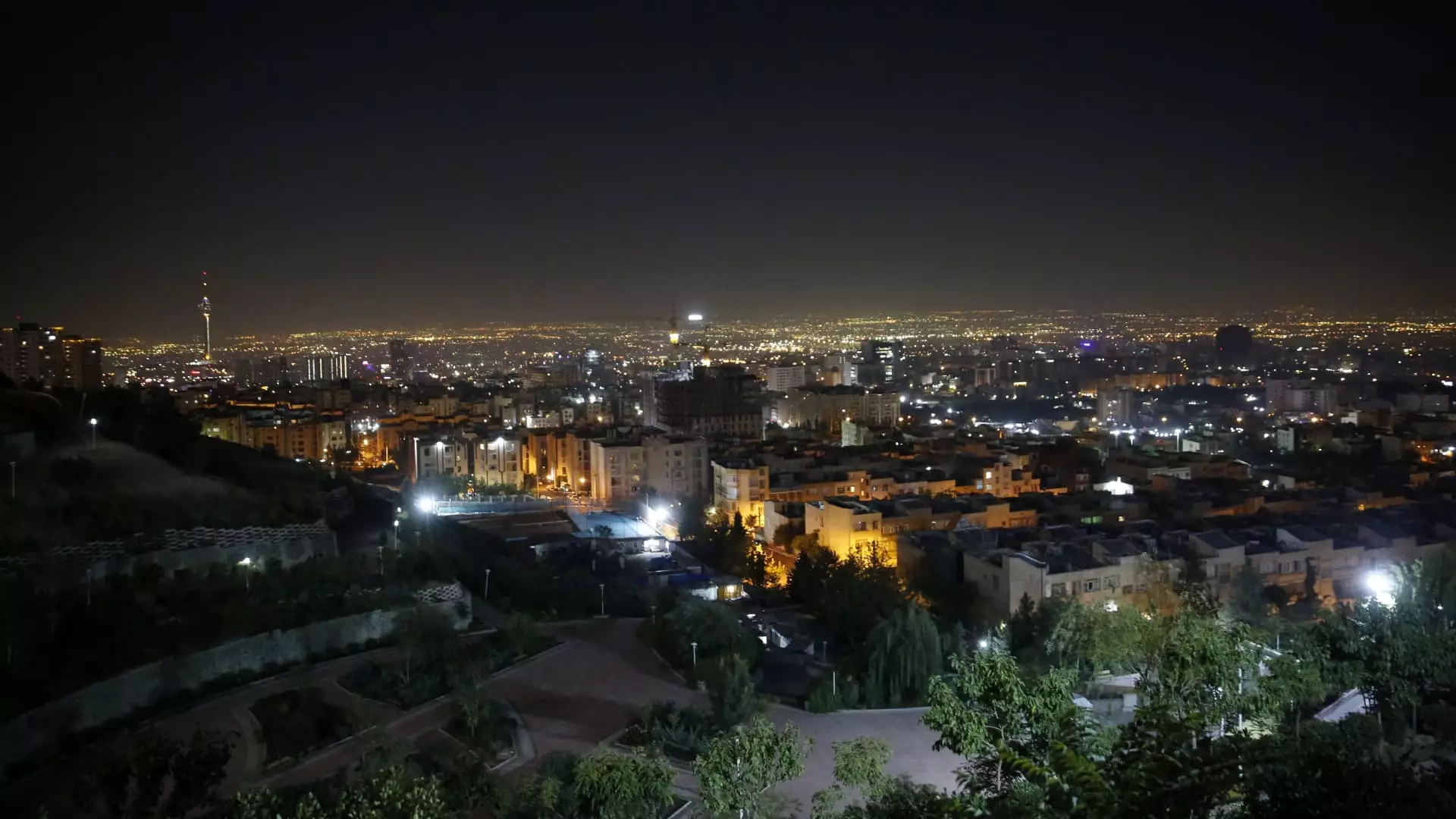The volatility between Israel and Iran has surged dramatically in recent weeks, culminating in a series of military strikes that underscore the deepening chasm between the two nations. As Israel’s military targeted key facilities in Iran, a multifaceted landscape of geopolitical consequences emerged, prompting discussions surrounding restraint and the potential for escalation.
The ongoing crisis was ignited by the deadly attack from Iran-backed Hamas on October 7, 2023, which marked a significant turning point in Israeli-Iranian relations. This event exacerbated existing hostilities and reinforced fears of a broader conflict, particularly given Iran’s earlier ballistic missile launch targeting Israel on October 1. Tensions further escalated as Israel intensified its military operations against Hezbollah in Lebanon, another Iranian ally, in a bid to preempt rocket attacks from the group.
As violence in Gaza and Lebanon prompted international concern, Israel faced unrelenting pressure to respond to Iranian provocations while simultaneously avoiding an indiscriminate escalation that could lead to a regional conflagration. In this charged atmosphere, Israeli airstrikes on Iranian military facilities were characterized as calculated rather than reckless, reflecting an intricate balancing act amidst mounting calls for restraint from allies.
The military operation conducted by Israel involved three waves of airstrikes aimed at missile production sites and surface-to-air missile installations outside Tehran. While the Israeli defense forces (IDF) reported successful strikes, claiming their jets returned without incident, the extent of damage and casualties reported on the Iranian side raises questions about the airstrikes’ effectiveness and implications. Iran confirmed losses, including the deaths of two soldiers, but claimed its air defense systems thwarted many of the incoming attacks, illustrating a resilient defense posture despite regional instability.
Importantly, these strikes were notably restrained in their scope—Israeli military action deliberately avoided locations deemed vital to Iran’s energy infrastructure or nuclear ambitions, adhering to U.S. counsel for targeted operations that wouldn’t escalate tensions further. U.S. President Joe Biden’s administration, while supportive of Israel, has drawn a clear line against direct confrontations with Iranian nuclear capabilities, emphasizing the need for strategic caution.
As Israeli officials maintained a stance of vigilance against potential Iranian retaliation, the atmosphere of uncertainty persisted. The Iranian military vowed a “proportional reaction” to the strikes, fueling apprehension about whether this would spiral into wider hostilities. Moreover, the strikes drew condemnation from neighboring countries—including Saudi Arabia—reflecting the delicate nature of regional alliances and the potential for broader geopolitical ramifications.
The situation is further complicated by the ongoing humanitarian crisis in Gaza and the stalled diplomatic efforts for a ceasefire. The Israeli strikes may aggravate the already precarious conditions, complicating the negotiations aimed at securing a resolution to conflicts that have devastated civilian populations.
In this carefully orchestrated environment, the United States continues to play a crucial role as a mediator and backer of Israel. With heightened military readiness across U.S. forces in the region, Washington signals its readiness to defend its allies while also advocating for de-escalation of hostilities. However, the delicate balance of interests must navigate the growing tensions on multiple fronts, branching from the Lebanese conflict to the ongoing Gaza crisis.
Moreover, the lack of international consensus around military actions—especially from countries like Saudi Arabia, which have recently sought to strengthen ties with both Iran and Israel—highlights the complexities of regional diplomacy. The outcome of these military strikes will likely reverberate beyond immediate confrontations, shaping alliances and future interactions among Middle Eastern nations.
The recent military engagement between Israel and Iran serves as a stark reminder of the fragile state of peace in the Middle East. An already volatile region characterized by longstanding historical disputes and recent escalations is now facing a potential tipping point. As both nations prepare for any ensuing repercussions, it is imperative for international actors to reinforce calls for dialogue and restraint.
With critical diplomatic negotiations to resume in Doha aimed at achieving a ceasefire in Gaza and addressing broader regional tensions, the hope remains that dialogue might pave the way for de-escalation. However, the specter of further military conflict looms heavily, necessitating an urgent reevaluation of strategies for both countries as they grapple with the repercussions of their actions and the broader impact on regional stability. The path forward requires careful navigation through an evolving geopolitical landscape, where every action could have profound ramifications.


Leave a Reply